Police Stories 3: The Klan Comes to Town
Part 8 of of Welcome to Charlottesville, Blame Cannon's weekly visit to a town, a failed art project, and the future of America.
The Police Stories Project
In May 2017 I was working on an art project called Police Stories. Melissa Wender had conducted oral history interviews with members of local law enforcement and she was busy transcribing them so I could write a play based on the material. Meanwhile I was raising money to cover producing the play. Or I was supposed to be. But by mid-April at about the two-thirds money level, donations dried up, email contacts ran out, and local organizations had nothing to offer.
Then on May 13th the Alt-Right came, first to Jackson Park during the day, and then to Lee Park that night. The day rally was a local irritation—more a shock than a threat—but the night rally was a different matter. Pictures and videos of the group gathered in front of a statue of Robert E. Lee holding Tiki torches were broadcast around the world, and what had been just an obscure far-right movement, suddenly achieved a massive public profile.
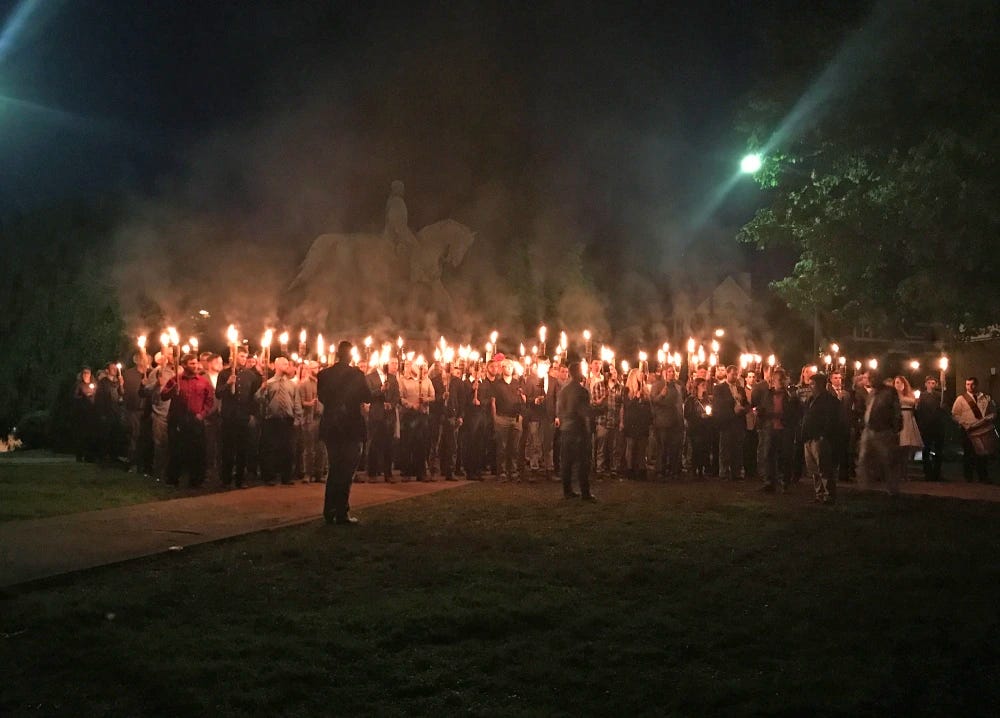
No one should be shocked by the existence of a few hundred actual fascists—In a country with hundreds of millions of citizens there will be a few hundred of anything— but since WWII the far right has always been poorly organized and strategically directionless. They have managed to gain attention in a few public events, particularly a Nazi march in Skokie, Illinois in 1977, but even that was famous more for the ACLU taking the Nazi’s side in the legal case.1 I can’t think of any well-organized, publicly visible fascism in my lifetime.
So the Alt-Right, though small, had done something new. They weren’t protesting in Charlottesville to mess with Charlottesville.2 (That was a perk, I’m sure.) They used our town’s issues and conflicts as backdrop for a photo op. The photo op in turn would—and did—dramatically increase their profile, which would bring recruits. It doesn’t matter that 9/10 of the public would find their actions disgusting; the other 1/10 would be intrigued enough to want to know more. That, not the Tiki torches, was actually scary.
How to Talk about Bad People
When describing the Alt-Right or the Klan—which we’ll get to below—I’m indebted to a favorite book, Achilles in Vietnam, by Jonathan Shay. Shay makes the case that dehumanizing enemies contributes to trauma. In WWII the jungles of the Pacific were not inherently more trauma-inducing than the snows of Europe during the Battle of the Bulge; but soldiers in the European theater suffered lower levels of PTSD. Shay contends this is a product of the military portraying our Japanese enemies as cretinous, cartoon buffoons while presenting our German enemies as smart, capable, and deadly.3 Thus we must see the far right as a problem, not a joke. They are humans sometimes doing, promoting, and hoping for terrible things, but they are not marauding zombies or the orcs of Sauron—mindless evil being evil for the sake of evil. If we don’t want to be traumatized ourselves, we need to see them as capable humans acting for comprehensible reasons.
The Issues & Conflicts
The spokesperson for the Alt-Right in the eyes of the national media was Richard Spencer. He popularized the term ‘Alt-Right’ in place of white nationalist, white supremacist, Neonazi, or fascist because media would be willing to talk to him (and about him) when he used it. A UVA graduate, Spencer was familiar with Charlottesville, and realized how well it would serve as backdrop. The city is near the major-media market of D.C., had a statue controversy, had parks tiny enough for a small protests to look impressive, and was already on the far-right radar because of protests against the state Alcohol Beverage Control officers for abusing two UVA students.4 Fascist websites also noted that Charlottesville had a black police chief and a Jewish mayor.5
Until recently Charlottesville had two downtown parks, Jackson Park with a statue of Stonewall Jackson, and Lee Park with a statue of Robert E Lee. Given that Charlottesville was a place where Thomas Jefferson, James Madison, and James Monroe used to hang out on the courthouse steps, it might be surprising that our only downtown parks would be named for and dominated by statues of Civil War generals, neither of whom is from here or possibly ever set foot here, and as I mentioned in the last history post, Charlottesville surrendered quickly at the end of the Civil War to avoid damaging the buildings. Why those statues were there we might take up in a future post, but how they got there is this: our Civil War surrendering mayor, George McIntire, had a son named Paul Goodloe McIntire, who after dropping out of UVA, went off to Chicago and got rich. He came back and donated several parks and statues to the city. Lee and Jackson were two of the statues he chose.6
Black Virginians had had their voting rights stripped a decade before those parks came into being, so they had no input into how the parks should be named or what statues should go in them, and a hundred years later some members of the local African-American community, and as well as some local white people, weren’t crazy about Lee Park, the park used for almost all community events and festivals, being so dominated by a Confederate general. At least one past City Councilor, Kristin Szakos, had broached this but hadn’t pursued it. Then in 2016-2017 a relative newbie councilor named Wes Bellamy took up the issue in response to a Change.org petition.
At that time, as Bellamy himself would say later, he could be a bit reckless and immature. When a local restauranteer tweeted some glib, offensive nonsense about Black Lives Matter, Bellamy encouraged a boycott of the restaurant. This motivated a young conservative local named Jason Kessler to dig through Bellamy’s own tweets, where he found examples of Bellamy tweeting glib, offensive nonsense about women, Charlottesville, and white people.
Bellamy apologized, and in his words began to “grow up.”7 The restaurant owner apologized too. Kessler made a name for himself which is something I believe he wanted. If only everyone could have learned not to use Twitter, it could have been victories all around. But Kessler didn’t see it that way. From then on he became obsessed with Bellamy and race. At the May 13th rally Kessler first personally connected with the visiting Alt-Right and joined them soon after, completing the journey from right-wing Neoconfederate to hardcore fascist.
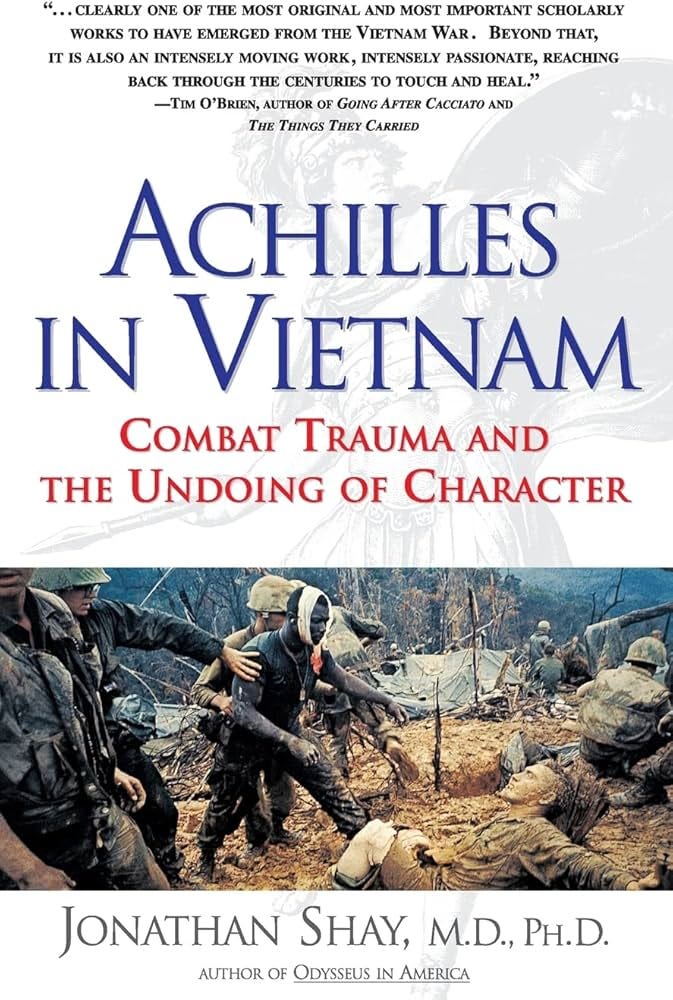
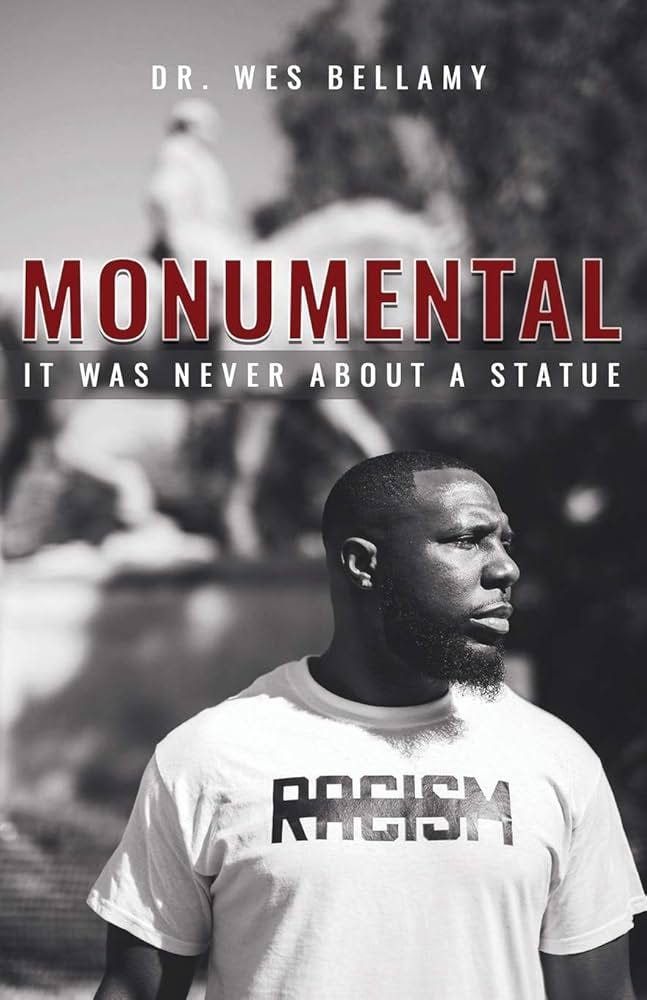
Meanwhile local government chugged (or fumbled?) along. A commission made recommendations about the parks, there were city council votes with councilors switching sides, a round of name changes and proposed name changes, and eventually in early 2017 by 3-2 city council voted to take the statues down, but they hadn’t really figured out what to do with them, and lawsuits bloomed like the dogwoods in spring. Virginia had a law since 1904 preventing local governments from moving war memorials. Were statues of generals really war memorials? It would be many months before the courts would weigh in.
New Visitors
The end of May is UVA graduation so college town Charlottesville was immersed in its annual blur of visiting parents, students moving out, and college parties. This was one of my wife’s busiest times. She’s a career counselor and copes with lots of end-of-year panic about jobs or internships. Before marrying me, she had been a major gift officer, so when the summer came I was expecting to pick her brain about Police Stories fundraising. I was sure we would come up with a fresh approach.
But June brought bad news. My fears about the May photo-op were proving true. The Alt-Right protest had been so impressive that a North Carolina chapter of the Ku Klux Klan wanted in on the act. They applied for a permit to come to show their abiding love for our downtown sculptures.
The Ku Klux Klans
There’s probably no group that has more archetypal power in the collective American imagination than the Ku Klux Klan. They are the presumed cause of post-Civil War segregation, the swamp monsters of lynching, the model of primordial racism. But all of that is wrong. First there have been two or three Klans, not one, and most of these have been more LARPers and Cosplay than effective political instruments. They have caused immense fear, misery, and suffering, but always in the service of goals no Klan has come close to achieving.
Klan 1
The original KKK was a social club formed in 1865 in Pulaski, TN by former Confederate officers. Other localities followed, including a chapter in nearby Nashville that first took up terrorism, targeting freedmen and Northern ‘carpetbaggers’, and Southerners perceived as allying with either. Soon chapters across the South carried out assassinations and lynchings in hopes of bringing down the hated Reconstruction governments. All failed utterly. President Grant was sworn in in 1869 and soon applied the legal and military might of the federal government to crush the Klan. By 1871 they were gone.
Klan 2
White Supremacists turned to other methods, and eventually succeeded. They robbed blacks of their right to vote, imposed one-party Democratic rule, and created racial segregation in every state of the former Confederacy. But no version of the Klan played any part in it. No Klan existed. Every documentary, essay, or movie that has the Klan imposing segregation is wrong.
The second Ku Klux Klan was inspired by a movie which was inspired by a book. In 1905 a novel called The Clansman became a best-seller. It was part of a trilogy by Thomas Dixon, Jr. of Shelby, North Carolina. Dixon created the romantic, fictional KKK, wearing white robes and hoods and burning crosses (details lifted from Scottish novelist Sir Walter Scott’s portrayal of druids.) The Clansman was optioned by filmmaker D.W. Griffth, who turned it into 1915’s Birth of a Nation.
Birth of a Nation was a smash hit.
One fan was an Alabama preacher named William Joseph Simmons. One night sleeping in a hotel in Birmingham, Alabama, he had a divine vision that he should resurrect the KKK. So with some friends in 1915 atop Stone Mountain, Georgia he did just that. His Klan was the movie version with white robes and the pointy caps, the regalia and burning crosses, but he added a centralized chain of command with him in charge. And he added parades. Klan #2 loved parades. They became hugely successful parading throughout the U.S., especially in the Midwest where they ended up headquartered. Peaking around 1925 they may have had 4-6 million members.
In addition to hating blacks, Klan #2 also opposed Catholics, Jews, and Russians. Some chapters acted on these views, committing violent lynchings and terror attacks. Eventually leaders were convicted of criminal activities and newspapers wrote exposes. Average KKK members might have loved hating, playing dress-up, and marching around, but actual criminal terrorism was another thing, and by the 1930s membership plummeted to only a few tens of thousands. However, their straight left-arm salute was borrowed by Hitler to become the straight right-arm Heil Hitler salute of Germany’s National Socialist Party.
Klan 2B or 3
Klan #2 did not die out completely. A few splinter groups continued, now without central authority. Then in the 1950s and early 60s there was a resurgence in response to the Civil Rights movement. These decentralized groups, now largely based in the South and eschewing parades, is often called the 3rd Klan. In any case their peak this time may have been 40,000 members. This version culminated in four Klansman in Birmingham killing four children in the infamous 16th Street Baptist Church bombing, the public horror of which is often credited with passing the 1964 Civil Rights Act.
While the perpetrators of that bombing were not prosecuted for decades, the general public response to the event led to a freefall in membership of all far-right groups. Since 1970 there probably hasn’t been a single year in which all KKK chapters together could muster 10,000 members, and usually the number was half that. There’s a joke that only FBI informants paying dues and coming to meetings holds the Klan together at all.
The North Carolina group who cared about our parks so much called themselves the Loyal White Knights of the Ku Klux Klan. They were based in Pelham, NC just over the border from Danville. (Here they are after some other noxious activity.) Maybe they had a dozen hard-core members at the time they decided to come to Charlottesville.
They were granted a permit for a rally in Charlottesville on July 8th.
Around that same time, Jason Kessler asked for a permit for a bigger Alt-Right follow-up to the May rallies on August 12th.
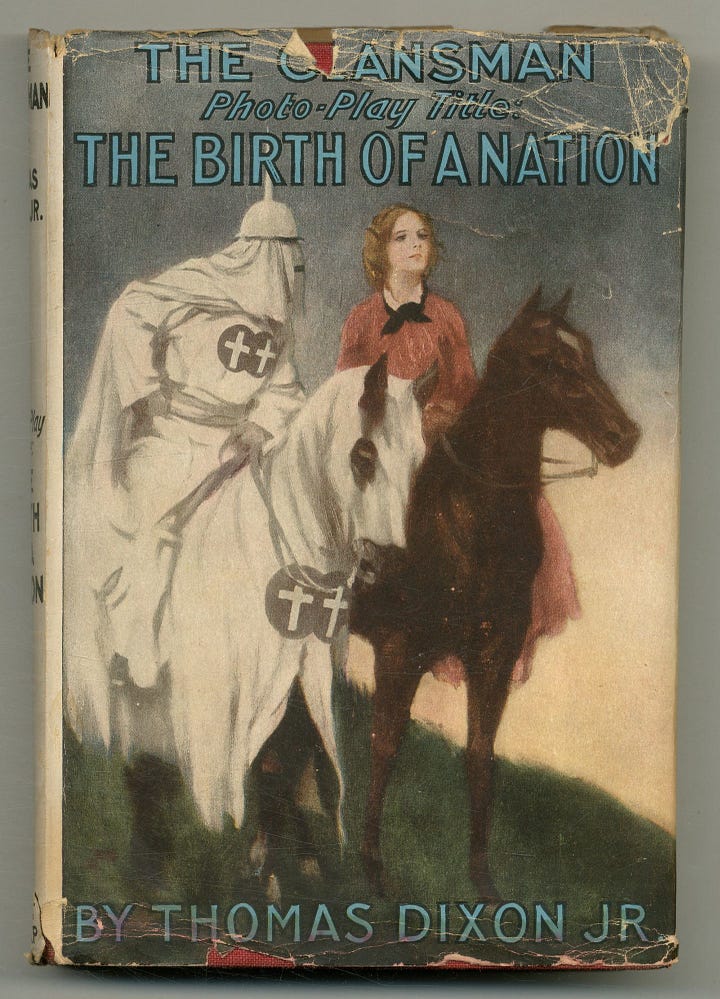
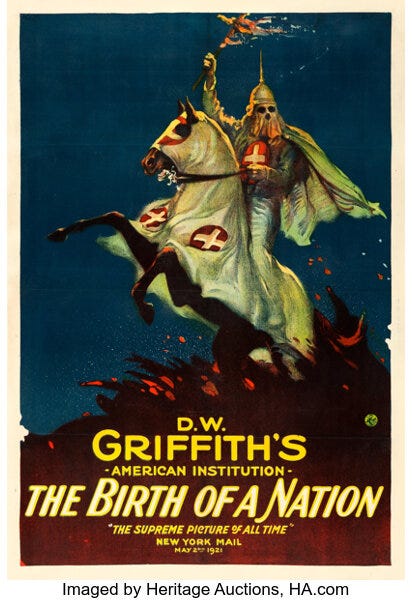
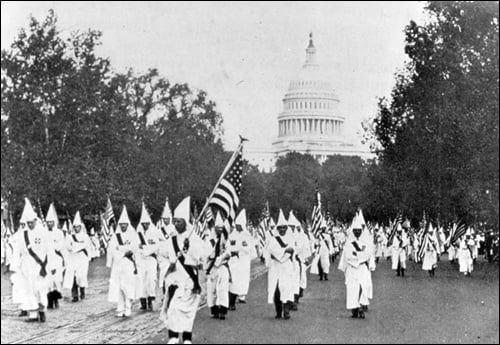
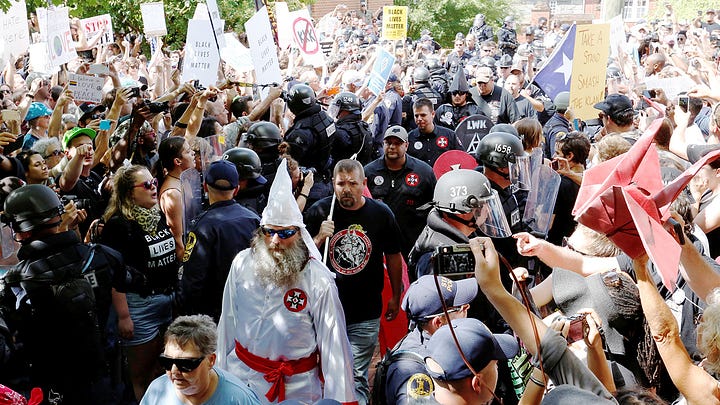
July 8th
In the weeks leading up the Klan arrival Charlottesville sort of freaked out. I think many of us sensed there was something wrong with our legal and cultural approach to protests. What if groups came every month till the end of time? Was that free speech? How could any city sustain that level of conflict?
Beyond that the Klan particularly evoked a primordial animus. Many people in Charlottesville felt they had a duty to face down the KKK—both as a matter of principle and historical defense. If they didn’t, would the horrors of the past return? I did not feel this way knowing the Klan history I described above, plus I’d seen a Klan march in Asheville, NC in 1997. It wasn’t intimidating. In my view the rise of the Alt-Right, if anything, put a stake in the KKK forever. So Jen, Ellie and I were happy to follow the pleas of the police and city council and plan a day at Ix Park8, one of the various activities offered to show how much we in Charlottesville weren’t even thinking about the KKK. No way. They aren’t bothering us at all.
But the city’s pleas were unsettling too. It was clear Charlottesville’s police and government felt their constitutional duty was to be impartial arbiters of sorts between the “self-expression” of their own citizens and the “self-expression” of strangers from out of state. Something felt wrong about this. The police seemed to be pressuring activists not to organize resistance to the Klan because that was better for safety. But whose safety? And was that short-term or long-term safety?
July 8th arrived.
The day was hot and humid. In what was no longer officially Jackson Park, but was still called that because no one could remember the new name, several hundred counter-protestors and a couple hundred police in full riot gear dwarfed the 50 Klan members smuggled in under police protection.9 The KKK yelled some slogans inaudible over the noise of the counter-protestors, and soon were spirited away again under police protection. The police then ordered the counter-protestors to disperse, but there was no way for those farther from the police lines to hear this. And most attendees probably weren’t ready to move yet because as a community they were feeling the emotions of having just confronted the mythical Klan. Finally, the police got frustrated. Officers lost their cool and discharged tear gas.
A city overwhelmingly driving away the remnants of America’s archetypal ‘hate group’ could have been a cause for celebration. Instead it felt like debacle. Everyone ended up bitter. The police felt maligned for what they thought of as bravely doing their jobs. The counter-protesters felt maligned for what they thought of as bravely defending their town. The statues were still there. The parks had been given new silly names that were instantly forgotten. And it was only July.
And it was over fifty Klansman. What would we do with hundreds, maybe thousands, of something much much worse?
Next Tuesday we’ll take up our third part of Charlottesville’s history, the all-important half-century after the Civil War. Subscribe so you don’t miss it!
Thanks for reading Blame Cannon! This has been Part 8 of Welcome to Charlottesville. Here are the sections in order: Part 1, Part 2, Part 3, Part 4, Part 5, Part 6, Part 7. Here’s the explanation. New chapters come out every Tuesday.
Please subscribe and share!
Comments are welcome but please no personal insults or profanity. This post is already too long, but I’ve gotten details wrong please let me know so I can correct!
Thanks for reading Blame Cannon! This has been Part 8 of Welcome to Charlottesville. Here are the sections in order: Part 1, Part 2, Part 3, Part 4, Part 6, and Part 7. Here’s the explanation. New chapters come out every Tuesday. On weekends so far I’ve always managed a bonus post. Please subscribe and share.
The National Socialist Party of America was based in Chicago but when the city lawfared them our of Chicago parks they asked to march in nearby Skokie, which had a large number of Holocaust survivors. The case went the the Supreme Court.
Richard Spencer headed something called the National Policy Institute. The May protests were organized by brand-new so-called “The Nationalist Front” consisting of the Traditionalist Worker Party, the National Socialist Movement, the League of the South, and Vanguard America. The first two are like German Nazis, the last like a Spanish Falange, and the League is like the Italian Fascists with a bit of Klan thrown in.
Anti-German posters usually focused on Hitler; Anti-Japanese posters usually featured allegedly ordinary Japanese soldiers with leering grins and buck teeth.
Soon after the Unite the Right rally in August, 2017, many far-right websites froze, then articles started to be scrubbed, and then they shut down completely. Before that happened I spent a lot of hours scrolling through their posts. I wish I didn’t have to rely on my memory for this, but that’s the best I can do.
Charlottesville’s mayor is a ceremonial position, and has no powers beyond other city council members, but Charlottesville’s City Manager, Maurice Jones, was black and that position was more important than mayor. But none of the Alt-Right seemed cognizant of this. Also odd was that Mayor Mike Signer had a rally that declared Charlottesville ‘Capital of the Resistance’ to Donald Trump’s presidency, which could have aggravated the Alt-Right, but when I looked through their websites I found no reference to this. The protests against the ABC police were definitely featured, but I remember nothing about Signer’s Capital of the Resistance rally.
McIntire Park was one of his gifts, the other parks included Lee, Jackson, and Washington. He also donated the General Clark statue that used to be near the hospital and the Lewis & Clark (& Sacagawea) statue where now is an empty plinth at the corner of West Main and Ridge.
I really enjoyed reading Wes Bellamy’s book Monumental about his term in office and the statues.
Ix Park is a non-city-owned space with stores, a stage, and some art installations in the site of the former Ix textile warehouse. Ix is a person’s name, not a Roman numeral.
I get this account from news reports and friends who were there.



